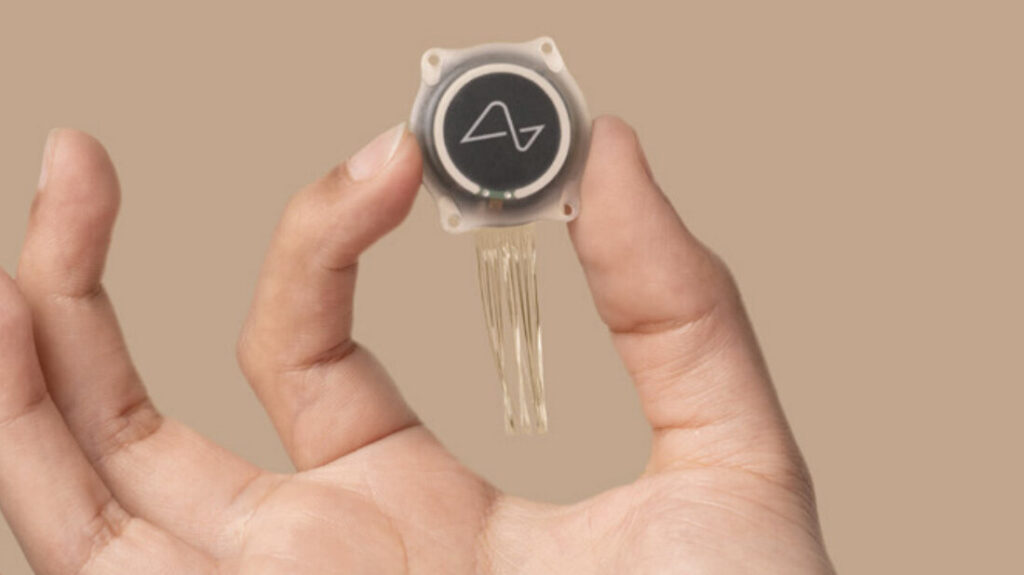Neuralink Secures FDA Breakthrough-Device Designation
On September 17th, Elon Musk’s brain computer interface (BCI) startup Neuralink announced that its Blindsight device received FDA’s Breakthrough-Device Designation. Musk took to social media to state that the Blindsight device is being designed to restore vision to any individual who “[has] lost both eyes and their optic nerve” or “[has] been blind from birth.”
Blindsight seeks to restore vision to blind individuals by interacting with the visual cortex, the part of the brain that processes visual stimuli. Blindsight interfaces with the visual cortex using implanted microelectrodes to stimulate neurons in patterns similar to those derived from a camera. This approach has historically faced challenges due to the need for densely packed electrodes to match the structure of the visual cortex. However, Neuralink has developed an electrode array that may circumvent this issue. This article from TechCrunch details other challenges the device may face, such as working with an underdeveloped visual cortex in those who have been blind since birth.
The company has not released many other details about the device, but Musk shared the vision for the visual quality that Blindsight will offer: “To set expectations correctly, the vision will be at first be low resolution, like Atari graphics, but eventually it has the potential be better than natural vision and enable you to see in infrared, ultraviolet or even radar wavelengths, like Geordi La Forge.”

Image Source: NPR
Neuralink pursued the Breakthrough Device Designation to improve their understanding of the regulatory burden of the Blindsight device and obtain FDA’s guidance for specific premarket review activities. According to FDA, the Breakthrough Devices Program aims to accelerate the process of bringing novel and/or effective medical devices to market while maintaining appropriate regulatory rigor. Breakthrough Device Designation is granted to medical devices or device-led combination products intended to treat life-threatening or debilitating injuries that demonstrate noticeable improvements in treatment or diagnostic efficacy over existing solutions. This program affords device sponsors a number of regulatory benefits, such as consistent and timely conversations with FDA, FDA input on data development and clinical protocol plans, and prioritized premarket submission review. As of December 31, 2023, FDA has granted the designation to 933 devices.
The designation does not certify that the device is ready to be used on patients just yet, let alone that it is a ready cure for blindness. It does, however, signify that FDA sees potential in this novel solution and is willing to work with Neuralink to expedite the development and regulatory review processes. One thing’s for certain-this device is sure to be the topic of many conversations in the coming years as the healthcare community evaluates whether this device and approach are feasible for treating blindness.





